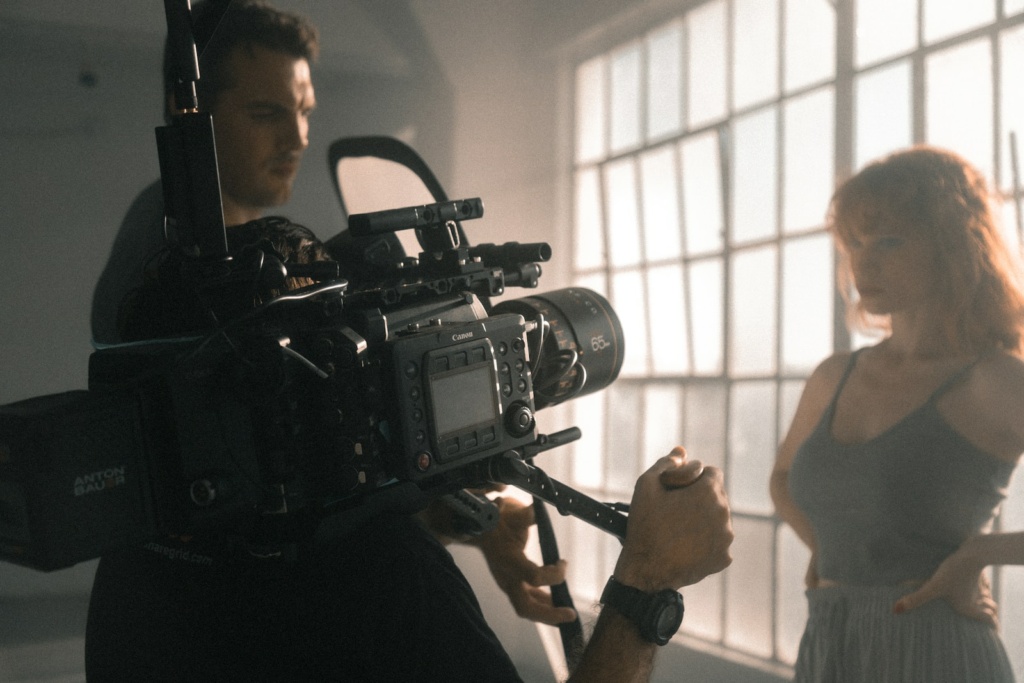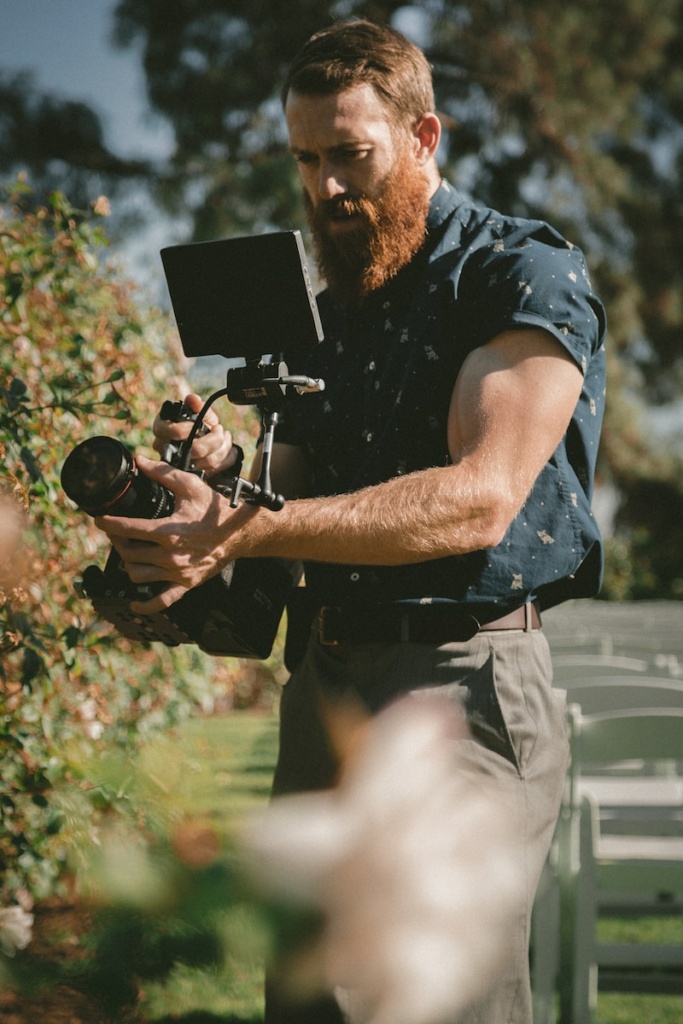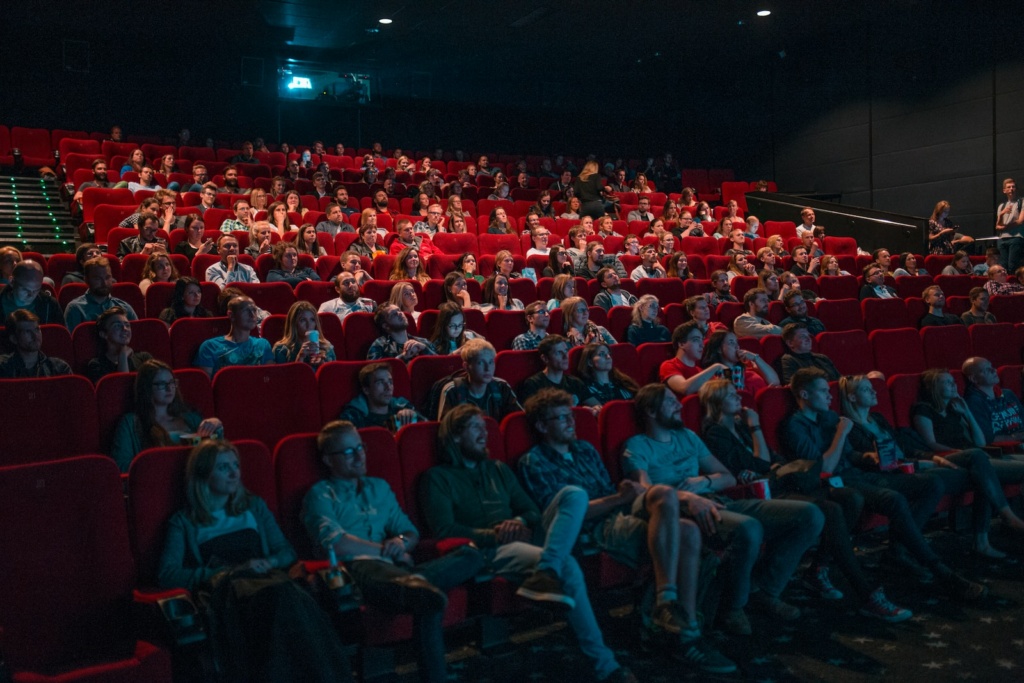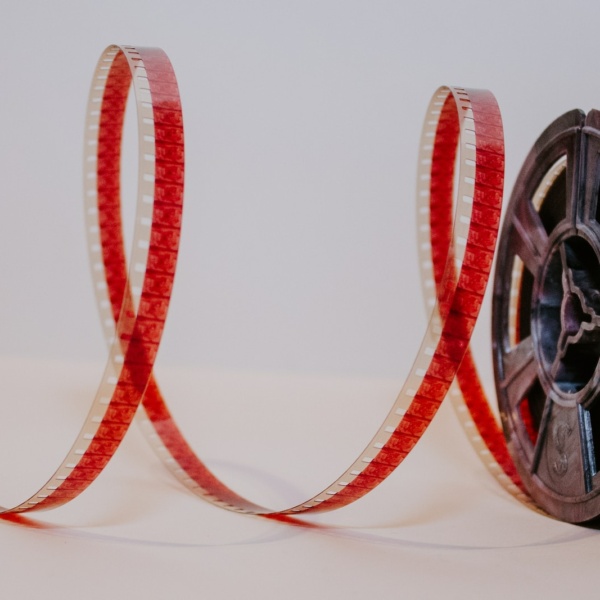
Hey there, movie aficionados! Emma here, your trusty guide through the reel world. Today, let’s dive deep into the heart of filmmaking magic and explore the dynamic duo that brings stories to life on the silver screen – the writer and the director. Buckle up, because we’re about to unravel the secrets of collaboration in screenwriting.
The Dance of Creativity

Picture this: a writer sits in a dimly lit room, surrounded by stacks of crumpled paper and empty coffee cups, crafting a world with words. Meanwhile, a director envisions scenes, shots, and emotions, sketching a visual masterpiece in their mind. When these two creative powerhouses join forces, the dance of storytelling begins.
Collaboration is the heartbeat of cinema, and the writer-director relationship is its rhythm section. It’s a beautiful tango where ideas pirouette between the written word and the visual canvas, creating a harmonious symphony for the audience.
The Initial Connection
Like any great partnership, the writer-director relationship often begins with a spark. A script, a concept, or a shared vision brings them together, setting the stage for a creative alliance. Take, for example, the legendary collaboration between Quentin Tarantino and director Roger Avary in the early days of “Pulp Fiction.” The dynamic duo crafted a non-linear narrative that not only redefined storytelling in cinema but also secured them Oscars for Best Original Screenplay.
In this initial stage, communication is key. Writers and directors need to be on the same page (literally and figuratively) to translate the magic from script to screen seamlessly.
A Marriage of Ideas

Imagine a marriage where both partners bring unique strengths to the table. That’s the writer-director relationship in a nutshell. The writer, armed with the mighty pen, weaves intricate dialogues, characters, and plot twists. Meanwhile, the director, equipped with a visual palette, paints these words into a vivid cinematic experience.
Look no further than the Coen Brothers – Joel and Ethan – for a masterclass in collaborative filmmaking. Known for their distinctive style, the Coens seamlessly blend sharp writing with meticulous direction. From “Fargo” to “No Country for Old Men,” their films are a testament to the power of a symbiotic creative bond.
Navigating the Storms
As in any partnership, the writer-director duo encounters storms. Creative differences, budget constraints, or the ever-elusive ticking clock can test the strength of their collaboration. However, it’s precisely these challenges that often birth the most innovative solutions.
Consider the case of the dynamic duo behind “Good Will Hunting” – Matt Damon and Ben Affleck. These childhood friends faced numerous obstacles in getting their script to the big screen. The result? A film that not only won them an Academy Award for Best Original Screenplay but also launched their careers into the stratosphere.
From Page to Set

Once the script is locked and loaded, it’s time to turn words into actions. The director takes the reins, transforming the written narrative into a living, breathing entity. It’s a delicate dance between staying true to the script and allowing the magic of visual storytelling to unfold.
Think about the collaboration between Christopher Nolan and his go-to screenwriter, Jonathan Nolan. From “Memento” to “The Dark Knight” trilogy, their partnership exemplifies the seamless transition from script to screen. The result? Cinematic masterpieces that not only captivate audiences but also stand the test of time.
The Final Act
As the curtain falls on the production, the fruits of the writer-director collaboration are unveiled on the big screen. The audience is taken on a rollercoaster of emotions, unaware of the intricate steps and countless hours invested behind the scenes.
In the end, it’s the magic of collaboration that breathes life into the characters, crafts unforgettable moments, and etches the story into the hearts of moviegoers.
In Conclusion

So, dear readers, the next time you find yourself lost in a cinematic reverie, take a moment to appreciate the unsung heroes behind the scenes—the writers and directors who, hand in hand, bring dreams to life. From the first stroke of the pen to the final cut, the writer-director relationship is a testament to the beauty of collaboration in the world of storytelling.
Here’s to the dreamers, the schemers, and the magic-makers. Until next time, happy watching!


